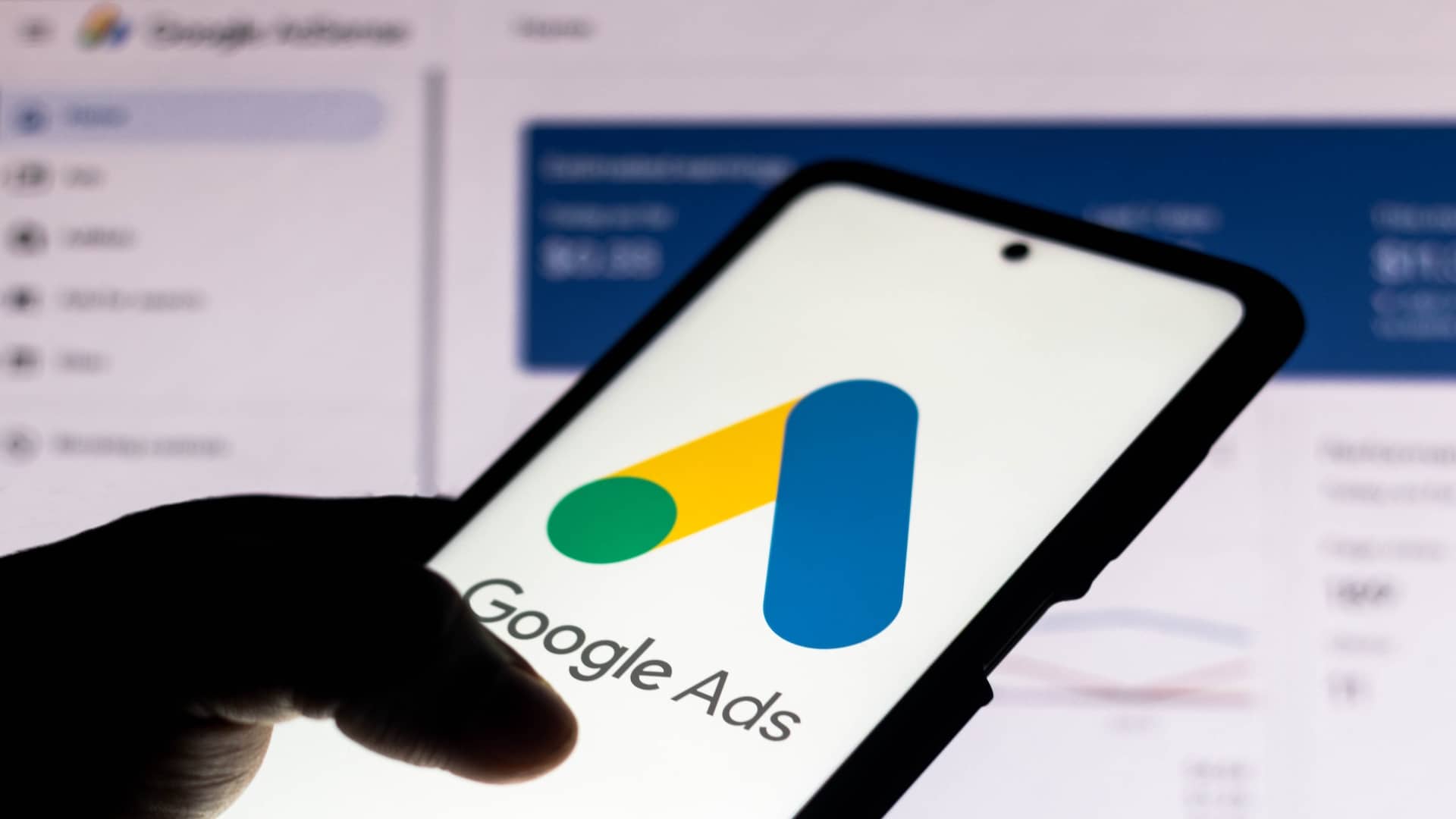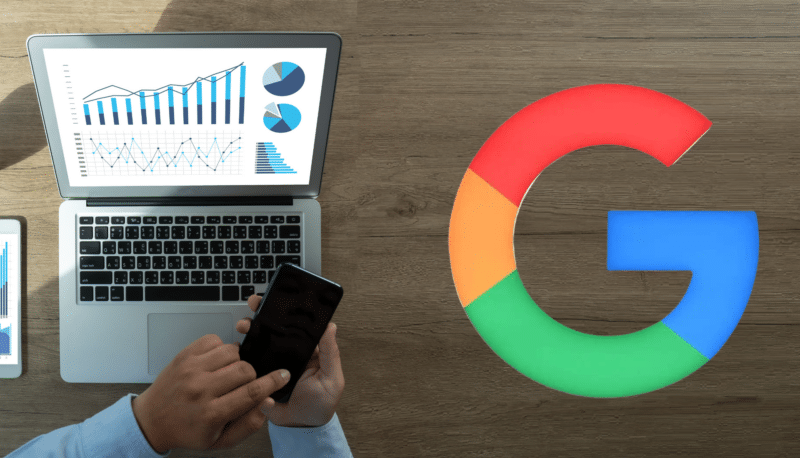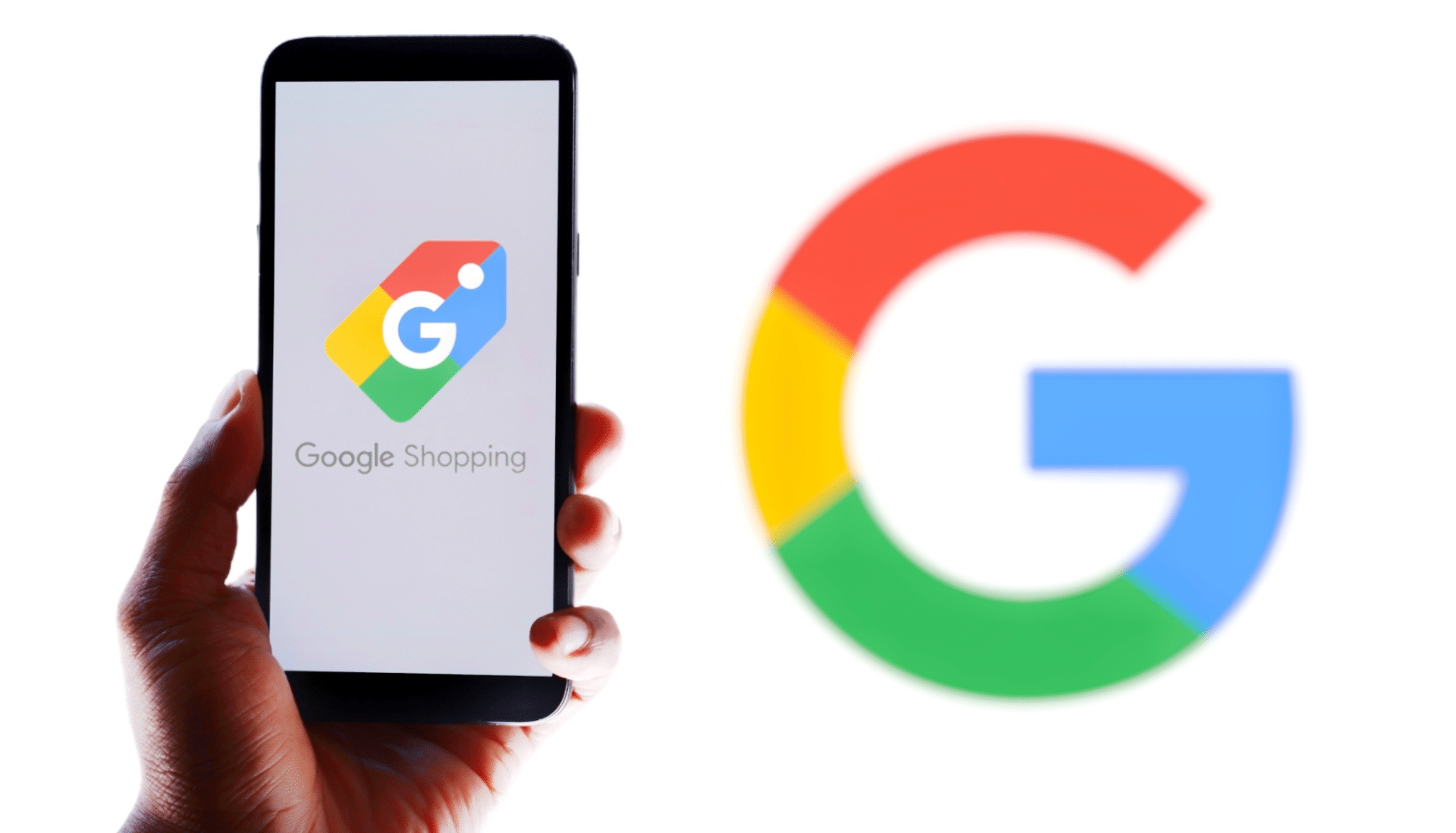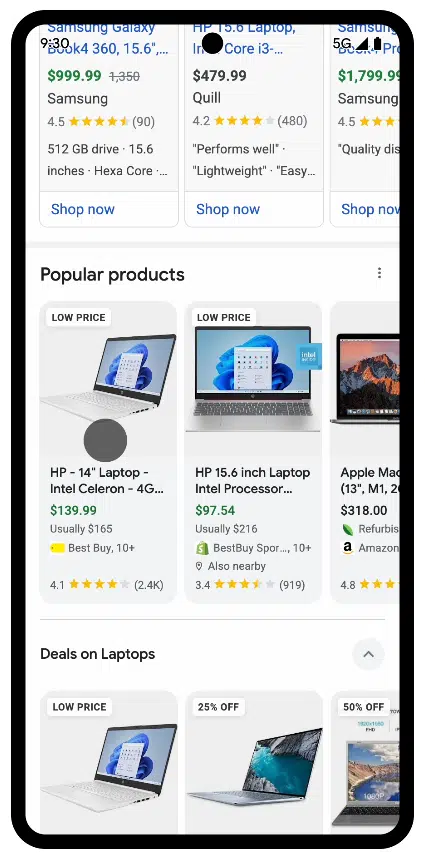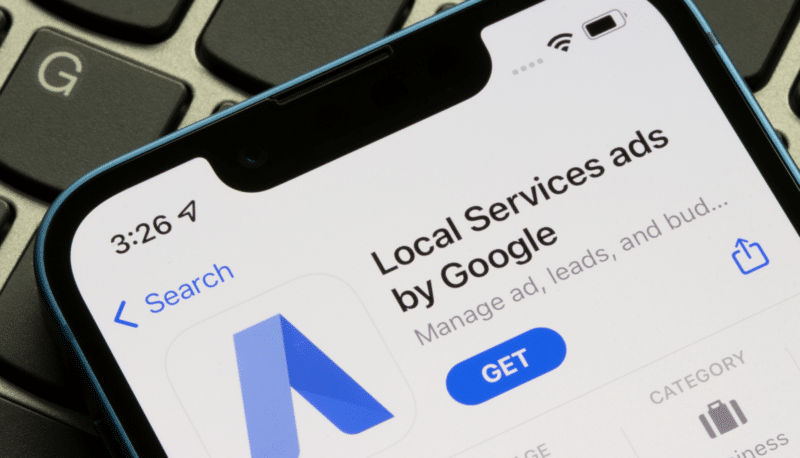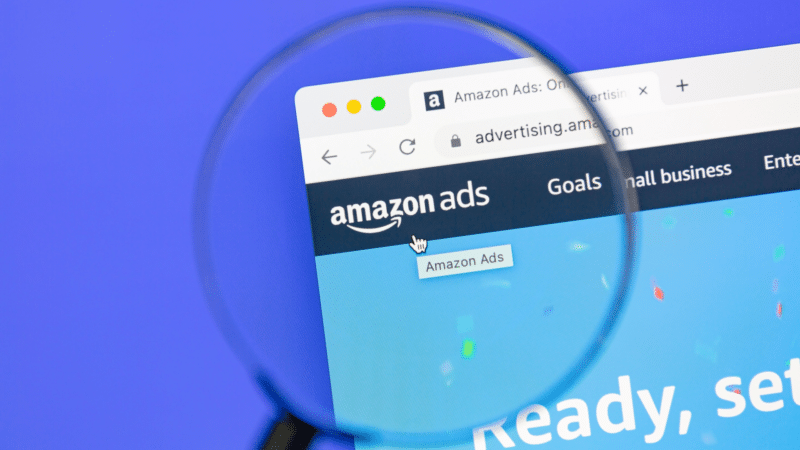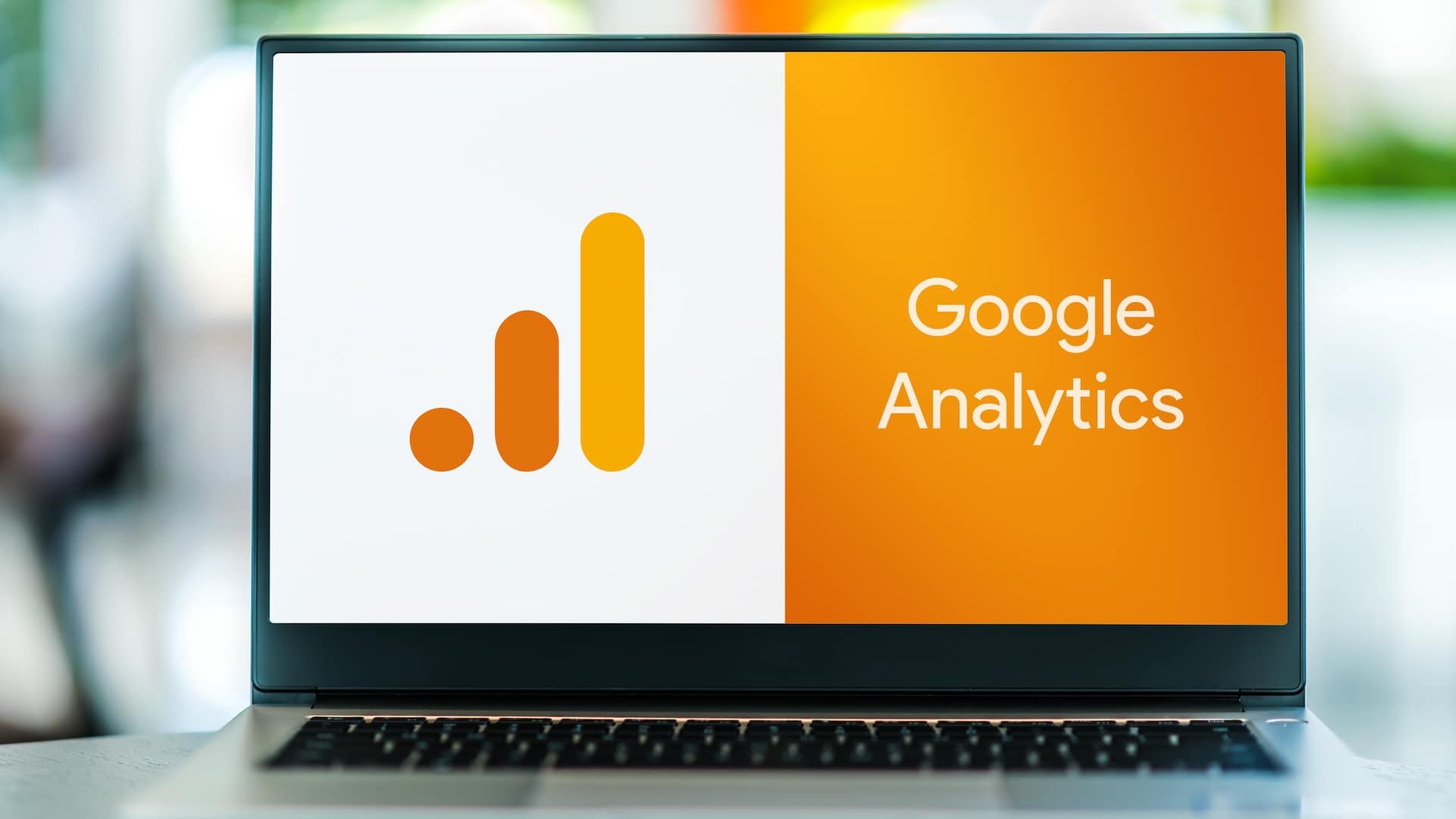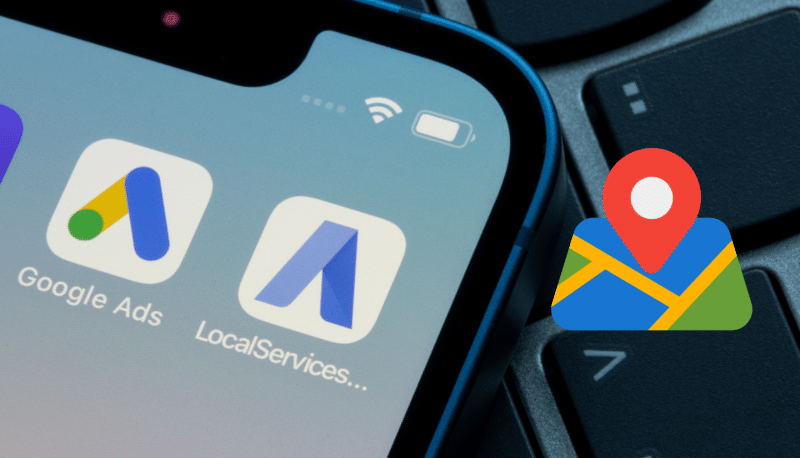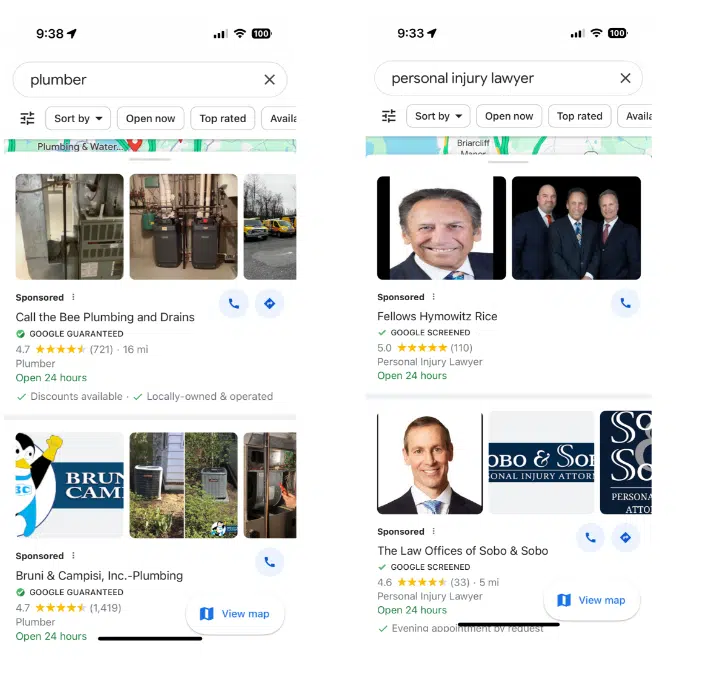One of the greatest failings of a PPC specialist is being unable to take a step back and see the big picture.
You can get lost in the weeds of account management and focus too much on vanity metrics, bidding strategy testing and reporting to forget about what the client ultimately wants from the account.
To be fair, the client is often not great at communicating what that big picture looks like, and they, too, can often get lost in CTR and Search impression share metrics.
I’ve had more conversations over the years with some clients on why average CPC is up year on year, why they aren’t top of the SERP on certain searches, or why the bounce rate is so high on a Shopping ad compared to a Search, rather than discussing how our overall business objectives are progressing.
Campaign goals and objectives should be regularly discussed because they are the ultimate measure of success, vary among different people in the company and change over time.
With this in mind, I’ve come up with five considerations for setting up and adapting your PPC goals and objectives
1. Alignment with overall business goals
Agencies often promise to improve campaign performance but may not know how the client defines performance. Sales teams who are involved in early discussions may have questionable PPC experience since they don’t regularly manage accounts.
Audits are carried out, recommendations are made and account management is handed over. Some conversations are had along the way about the account objectives, but often, this is done after an audit.
This is odd to me, as without the goals, how do you have context for campaign goals, bidding strategies and account structure?
Even when objectives are clear, different people involved in the discussions can cause the details to get lost in the setup and week-to-week management.
Those business goals must be the center of your initial campaign strategy and roadmap. Before handling an account, you need to answer the following questions:
- Is the measurement in place to track all the priority and secondary goals the client wants to track?
- Does every campaign currently running, or planned to be built, have a specific goal that is aligned with the overall objective?
- Is the account structure proportionally reflective of these objectives?
- How does the business track the success of these objectives and goals? Can we have access to it (Shopify, HubSpot, etc.)?
There will be more specific questions to ask, which may have been covered in the briefing stage, but ensure these are documented and recorded as a reference point for future conversations.
Dig deeper: Setting PPC goals: How to tailor KPIs and metrics for each funnel stage
2. Channel and audience research
With the business priorities and sub-priorities set out, you now have to identify the biggest PPC opportunities that are available to match those priorities.
Research your audience and match their profile with a channel that will produce results based on each priority. Your budget and the client’s available resources will also dictate what channels you decide to invest in.
For example, a new insurance company may have a limited budget to generate brand awareness (priority) and initial leads (sub-priority).
The first go-to strategy may have been Meta Ads to build awareness and Google Search ads targeting specific keywords for leads. However, the markets using these channels are notoriously competitive, and the average CPC/CPM is very high.
As a new company, they lack a strong brand name and the trust that comes with it. However, they have a young, savvy marketing team and a product targeting a younger audience.
Their team creates high-quality, engaging video content, evident from their YouTube channel, which has 10 times more subscribers than their Meta accounts.
YouTube suits their longer, product-focused videos, and their audience engages better there. Based on this, they decided to focus their advertising budget on YouTube with video in-stream ads for brand awareness and demand gen campaigns for leads.
Dig deeper: Un-silo your PPC campaigns: 4 tactics for more cohesive marketing
3. Enhanced measurement strategy
It all goes back to your initial conversations. Once priority and sub-priority objectives are agreed upon, identify what needs to be tracked for each objective. Ensure the client agrees with this measurement strategy.
If the main goal is to generate more revenue, set up revenue tracking for optimization and measurement. This defines success for the account, so client alignment is crucial. Secondary goals might include acquiring new users or increasing average order value (AOV).
Make sure new user acquisition is tracked in both the sales platform (overall) and search ads (platform-specific). This allows you to measure and report on new acquisition bidding strategies.
To measure AOV, implement basket-level data tracking to identify products with the highest AOV. This lets you test bidding on these products separately and measure any uplift.
Often, brand awareness is the most difficult objective to track, and each client will have different ideas on tracking it (e.g., clicks, sessions, views from videos, reach, impressions, etc).
Some will look deeper, such as brand lift studies (limited to high spenders), direct traffic growth, returning user growth or brand traffic growth.
It’s likely a combination of these factors and others. The key is to discuss these options with the client and, once agreed upon, make them the focus of advertising measurement, optimization and reporting.
Dig deeper: How to track and measure PPC campaigns
4. Reporting
With clear and measurable goals and objectives agreed upon, reporting should reflect this as transparently and plainly as possible.
The CEO, CFO, head of sales or any member of the marketing team should be able to understand and interpret a report in the context of the priority and sub-priority objectives agreed upon.
A real-time dashboard is ideal because stakeholders can access reports from any time period without needing frequent email requests for specific data. It should reflect the agreed-upon KPIs for each campaign and metrics related to important objectives like profitability. Organize priority objectives on separate pages to avoid confusion.
You can use a simple test by asking a colleague not involved in the account if they can clearly identify the campaign objectives just by looking at the dashboard structure.
If someone who also creates dashboards for clients can’t recognize the objectives within 30 seconds, CEOs and CFOs who don’t regularly view dashboards will likely struggle, too.
Be patient with client feedback on the dashboard’s appearance and data content. Once they’re satisfied, your job is done. It’s also helpful to clearly state specific goals on the dashboard and define where each campaign stands in the sales funnel.
This transparency is crucial, especially for new team members or those who don’t frequently review dashboards.
Dig deeper: 3 steps for effective PPC reporting and analysis
5. Consistent and structured communication
With reporting nailed down, you have the foundation for consistent and structured communication among the different client stakeholders.
Carry out monthly report check-ins with your own interpretation of the report, as data alone will rarely tell the whole story and provide context.
This can be communicated through regular weekly or bi-weekly comms with your day-to-day contact, most likely with the client’s marketing team.
If possible, build in quarterly and annual reviews. This enables you and the client to regularly take a step back and monitor the overall progress of the objectives.
Make sure that finance, sales and other leadership stakeholders within the company are brought into these meetings/calls to discuss the overall strategy and reconfirm on their side if their road map hasn’t changed.
Don’t just rely on the marketing team to keep everyone updated. Often, there will be new members of the leadership team who weren’t involved in the initial discussions, so regularly reaffirming objectives and strategies will be welcomed.
How often have you left annual reviews with the business leadership team feeling disappointed due to negative feedback?
It was supposed to be a moment to celebrate the year-on-year increase in conversions and lower CPA, which you thought were the main campaign goals.
However, it turns out the increased leads are low quality, and there are fewer sales conversions (thanks to the sales team for the updated information). Without their input and involvement, this issue wouldn’t have been identified.
These meetings require more preparation and can be stressful, as opinionated individuals, some of whom have bad memories, will scrutinize everything about the campaigns. However, your consistent and transparent reporting on agreed-upon metrics will serve you well.
Issues like low-quality leads would have been caught earlier when setting primary objectives. (Remember, you should’ve gained access to the client’s HubSpot account initially, integrated it into our measurement setup and included it in our comprehensive report dashboard.)
As we’ve seen in the past few eventful years for online advertising, markets can significantly fluctuate. As the business goalposts shift, then so should your campaign approach.
In the case of the insurance company mentioned earlier, after a year with their initial strategy, the annual review showed increased brand recognition and a small number of high-quality leads.
Market analysis revealed that many competitors had exited the search markets, leading to a 30% decrease in average CPC compared to the inflated numbers of the previous year.
After reviewing forecasting data, the company decided to pivot and revise its main objective to focus more on increasing lead numbers while preserving quality, with brand awareness becoming a secondary priority.
To achieve this, they decided to increase their marketing budget. Previously, their budget wasn’t sufficient for testing search ads. While lead generation was a secondary priority, they now have enough funds to give paid search a fair trial and increase lead volume to align with their primary objective.
Their successful brand awareness campaign on YouTube over the past year featured innovative, engaging video ads that bolstered the company’s market reputation and established a stronger authority bias.
This led to higher conversion rates and a more efficient return on investment from paid search than if they had launched the ads a year earlier, when they had minimal market presence and trust, resulting in higher average CPCs.
The scenario happened because of direct communication and clear reporting of primary objectives with senior stakeholders. It’s crucial to have everything agreed upon set up and performing well through the first four steps.
However, if this isn’t regularly communicated to company decision-makers, you won’t be able to react swiftly and capitalize on market opportunities as they arise.
Dig deeper: How to deliver PPC results to executives: Get out of the weeds

